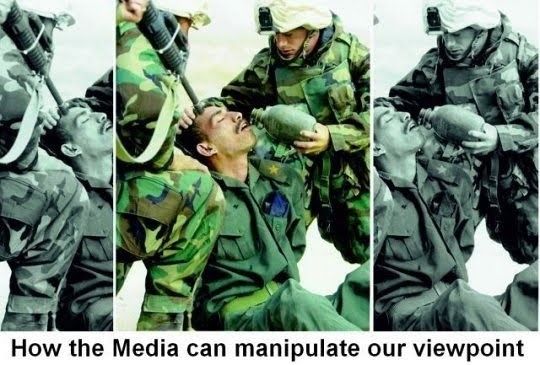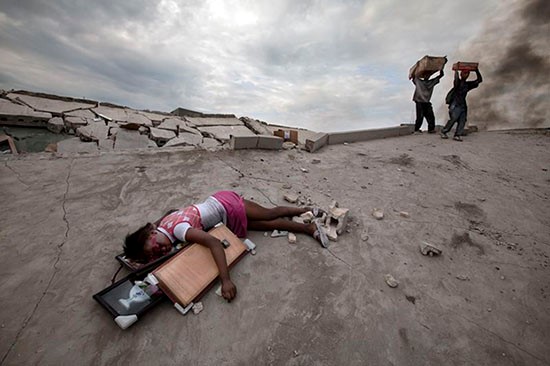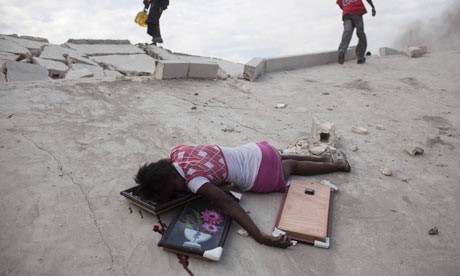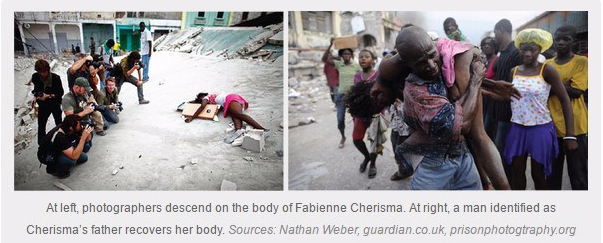“If you’re not careful, the newspapers will have you hating the people who are being oppressed, and loving the people who are doing the oppressing.” –Malcolm X

Mass communication plays an important part in our lives. One of its purposes is to inform the public about ongoing and past events. Within this process, the media, which can be a radio, television, internet etc., takes control of the information we hear and/or see.
In 1972, Maxwell McCombs and Donald Shaw put forth the “Agenda setting theory” which essentially describes the ability of the media to influence the salience of topics across on the public, meaning that if news item is covered frequently, the audience will regard this issue as more important compared to others.
“This impact of mass media – the ability to effect cognitive change among individuals, to structure their thinking, has been labeled as the agenda setting function of mass communication, its ability to mentally order and organize our world for us. In short, the mass media may not be successful in telling us what to think, but they are stunningly successful in telling us what to think about” (-McCombs and Shaw) and sometimes how to think about it.
Agenda setting occurs through a cognitive process known as “accessibility.” Accessibility infers that the more prominently and frequently the news media covers an issue, the more probability there is that the issue becomes accessible in the viewer’s memory. That is why gatekeepers, editors, broadcasters etc. matter because they are the ones to choose the issues to cover and the amount of information to present in that story. Obviously, agenda setting applies to photography as well, be it a photo-journalistic picture or not. Below are some reasons why we need to learn and teach our kids to be media literate:
- The increasing importance of visual communication and information – learning to understand the multiple layers of image-based communication is a necessary adjunct to understanding print literacy. We live in a multi-media world of corporate logos, internet websites, billboards etc. and so we can easily get misinformed about something if we won’t be able to understand and/or read between the lines.
- The high rate of media consumption and the saturation of society by media – When we encounter uncountable number of messages in one day from billboards, magazines, TV, radio, Internet and even T-shirts, being media literate will help us to safely navigate through all these “messages” we are bombarded with.
- The media’s effect on our beliefs, perceptions, attitudes – although researchers disagree on the level of influence the media has on people, by being media literate we can separate from our dependency on media for thoughts, opinions etc.
Some questions to ask yourself to think critically and therefore become more media literate when looking at images include: Where is the camera? What is the point of view? The angle? How old is the story? What’s the emotional appeal? Are there any visual symbols or metaphors? What kind of lighting, shapes, colors etc. do you notice? Who created this message? What techniques are used to attract my attention? How might different people understand this message/ image differently from me? What lifestyles, values and points of view are represented in or omitted from this message/ image? Why is it here, what is its purpose?
After the invention of personal computers, photographs can easily be manipulated and/ or edited. This can be used to bend the truth or simply lie. Many simpler attempts were also made by false or misleading captions to real photos that were taken at a different time or place. These kind of things force me to believe that we should always try our best to verify the photographs before we get to our conclusions about it. Of course it’s not easy, and there is no guarantee that we’ll find the truth if its hidden properly but, we’ll never know if we don’t even try.
Case study: Fabienne Cherisma.
Let’s look at an example of photojournalistic deceit:

The girl in the picture above is s 15-year old Fabienne Cherisma who was shot by police on January 19, 2010 after reportedly stealing three framed pictures in Port-au-Prince after an earthquake devastated Haiti. The photo, taken by Paul Hansen went to win a Swedish Picture of the Year award.
But take a look at the photograph below:

This photograph was taken by Carlos Garcia Rawlins, reportedly 10 minutes before the photographers – including Hansen – arrived at the scene. This seems to make it makes it obvious that someone, maybe even Hansen himself, moved the girl’s body so as to make it more compelling and to make her identity more visible. The ethics here are such that news photographers are not to change what they see. They are to merely document and cover the events with their camera’s help. That said, they are also to provide the necessary context for stories to make them understandable in ways that words can’t. The moral problem is balancing these two requirements: visually covering events and telling captivating stories. The question is this: Is it ever okay for a news photographer to alter the settings before taking a shot, all in an attempt to better tell the story?

The video below is another example that shows the importance of framing on our perception of things:
https://www.youtube.com/watch?v=F-TyPfYMDK8

In Conclusion I just want to say that we all need to watch carefully and think critically and teach our kids to do the same because if we are not being objective towards something, aka not willing to look at the full picture, from all sides and angles, our “truth” can get very distorted resulting in our reality being an illusion which may lead us to miss out on or misunderstand a lot of important things that might have costly consequences.
